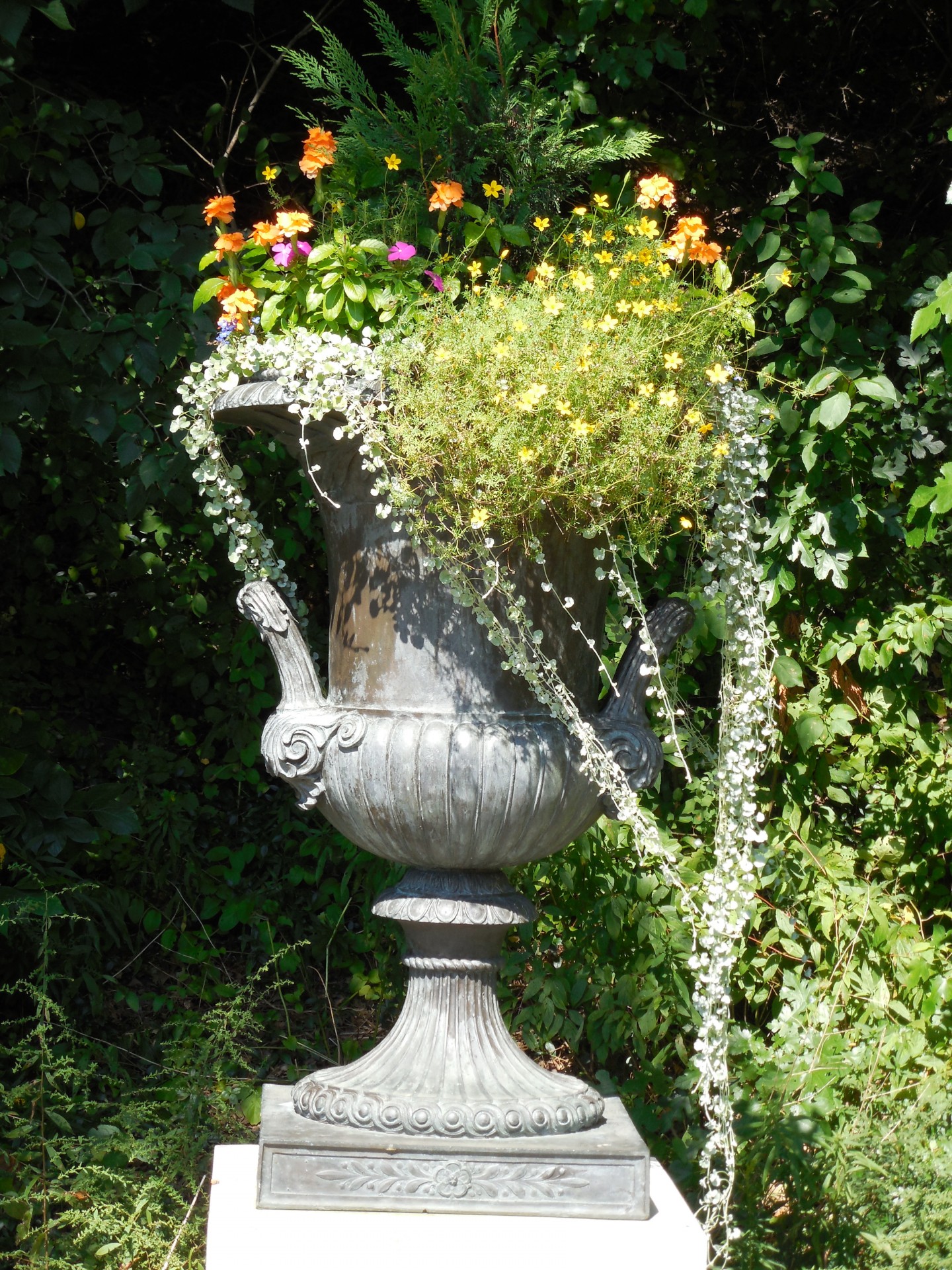Maximize Small Spaces, Container Vegetable Gardening

Maximizing Miniature Marvels: Small Space Container Vegetable Gardening
So, you're eager to grow your own veggies but space is at a premium? Fret not, my green-thumbed friend! Welcome to the wonderful world of small space container vegetable gardening. We're talking urban agriculture that's compact, vertical, and perfect for patios. Let's dive in!
Why Container Gardening for Small Spaces?
First things first, why should you embrace this indoor gardening revolution? Well, let me ask you this: do you have a balcony, a windowsill, or even a tiny patch of patio? If the answer is yes, then you've got all you need to start your compact gardening journey. Container gardening is like having a mini farm in your midst, no sprawling acres required.
The Magic of Containers
Containers are the unsung heroes of small space gardening. They're portable, they're stylish, and they let you grow a variety of veggies in a tiny footprint. From tomatoes to lettuce, from peppers to herbs, the possibilities are endless. Plus, they're perfect for vertical gardening, turning your space into a lush, green wall of produce.
Choosing the Right Container
Not all containers are created equal. When it comes to small space container vegetable gardening, you want something that's sturdy, has drainage holes, and is the right size for your plants. Here are a few options:
- Plastic containers: Lightweight, durable, and affordable. They come in all shapes and sizes, making them perfect for patio gardening.
- Terra cotta pots: These porous pots help regulate moisture and temperature. They're great for plants that love well-drained soil.
- Self-watering pots: Ideal for busy bees who want to set it and forget it. These pots have a reservoir that keeps your plants hydrated for weeks.
Drainage: The Key to Happy Plants
Speaking of drainage, it's crucial for your container garden's health. Poor drainage can lead to root rot, which is a plant's worst nightmare. So, make sure your containers have drainage holes, and use pots with saucers to catch any excess water.
Soil: The Foundation of Your Garden
The soil you use can make or break your container garden. For small space container vegetable gardening, opt for a well-draining, lightweight potting mix. Avoid garden soil, as it can compact and become waterlogged in containers.
Light: The Sun's Role in Your Garden
Light is the lifeblood of your plants. Most veggies need at least 6-8 hours of sunlight a day. So, place your containers where they can soak up the sun. If you're into indoor gardening, consider supplementing with grow lights.
Water: The Lifeblood of Your Plants
Water is another essential ingredient in your gardening recipe. Container plants dry out faster than their in-ground counterparts, so you'll need to water them more frequently. Stick your finger about an inch into the soil; if it feels dry, it's time to water.
Fertilizer: Feeding Your Plants
Fertilizer helps your plants grow big and strong. For container vegetable gardening, use a balanced, water-soluble fertilizer every 4-6 weeks during the growing season. Follow the package instructions to avoid over-fertilizing.
Vertical Gardening: Growing Up, Not Out
Vertical gardening is a game-changer for small spaces. With the right supports and training, you can grow cucumbers, peas, and even tomatoes vertically. This not only saves space but also makes your garden look like a lush, green jungle gym.
Succession Planting: Maximizing Your Space
Succession planting is like having a never-ending garden buffet. It involves planting fast-growing crops like lettuce and radishes in the same spot after you've harvested your main crop. This way, you're always getting a harvest, and your space is always productive.
Growing Upwards: The Power of Stacking
Stacking containers is another clever way to maximize your space. Start with a larger container at the bottom, then stack smaller ones on top. Just make sure your setup is stable and won't topple over.
The Art of Companion Planting
Companion planting is like matchmaking for plants. Certain plants grow well together, while others not so much. For example, tomatoes and basil are BFFs, while tomatoes and kale are like oil and water. So, do your research and plant accordingly.
Patience, Grasshopper: The Joy of Waiting
Growing your own veggies takes time, patience, and a whole lot of love. But when you finally get to harvest your first carrot or bell pepper, it's all worth it. So, keep at it, and remember, Rome wasn't built in a day, and neither is your garden.
Conclusion
Small space container vegetable gardening is more than just a way to grow food; it's a lifestyle. It's about making the most of what you've got, about turning a tiny patch of earth into a thriving ecosystem. So, grab your trowel, fill up your containers, and let's get growing!
FAQs
-
Q: Can I grow root vegetables in containers? A: Yes, but they need deep containers. Think about it like this: you wouldn't want to live in a tiny apartment, would you? Neither do your roots.
-
Q: How many plants can I grow in one container? A: It depends on the plant and the size of the container. A good rule of thumb is one plant per 6 inches of container diameter.
-
Q: Can I reuse potting soil? A: Yes, but it's not ideal. Used soil can harbor diseases and pests. It's best to start fresh each season.
-
Q: How do I know when to water my plants? A: Stick your finger about an inch into the soil. If it feels dry, it's time to water. You can also use a moisture meter.
-
Q: Can I grow vegetables in hanging baskets? A: Absolutely! Vertical gardening at its finest. Just make sure your basket has drainage holes and is sturdy enough to hold the weight of the soil and plants.
0 Response to " Maximize Small Spaces, Container Vegetable Gardening"
Post a Comment